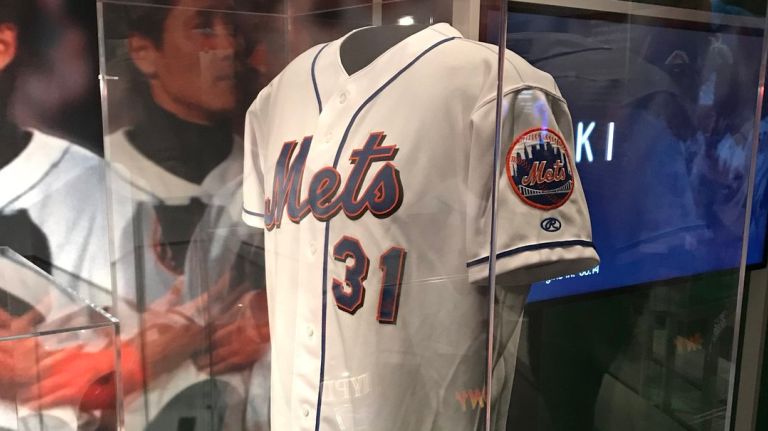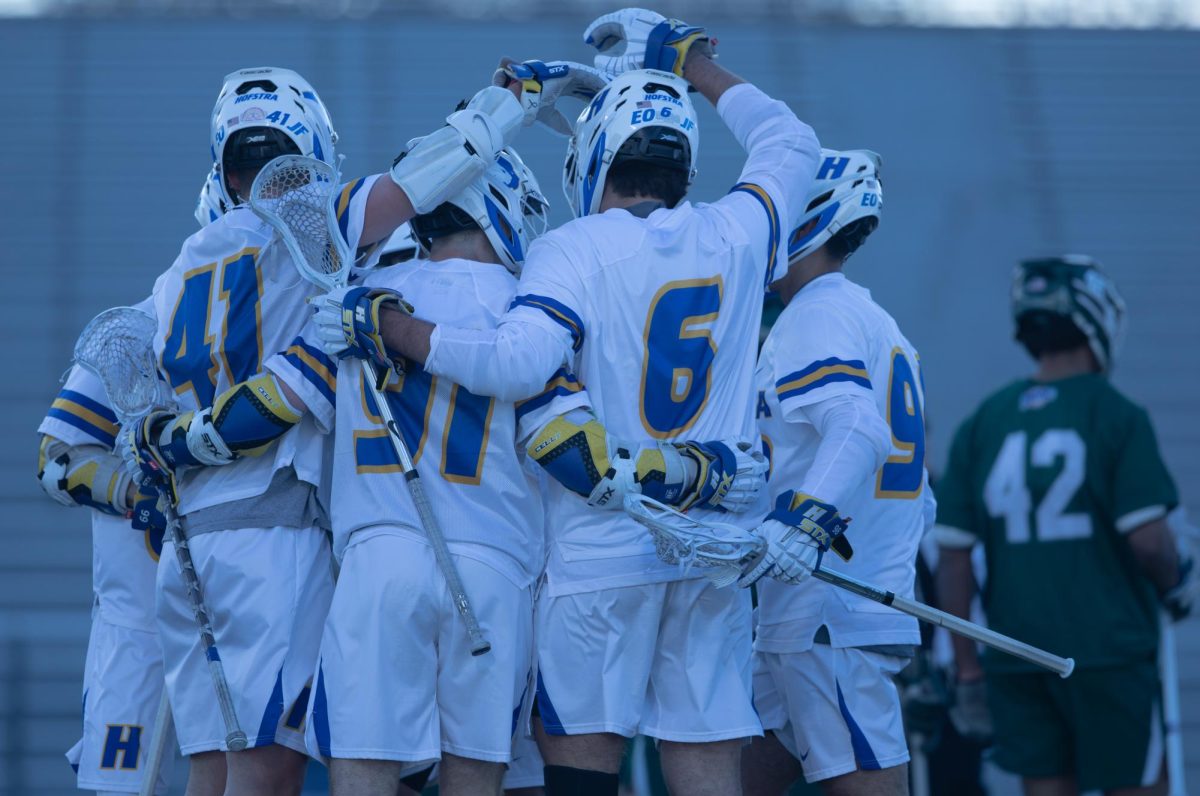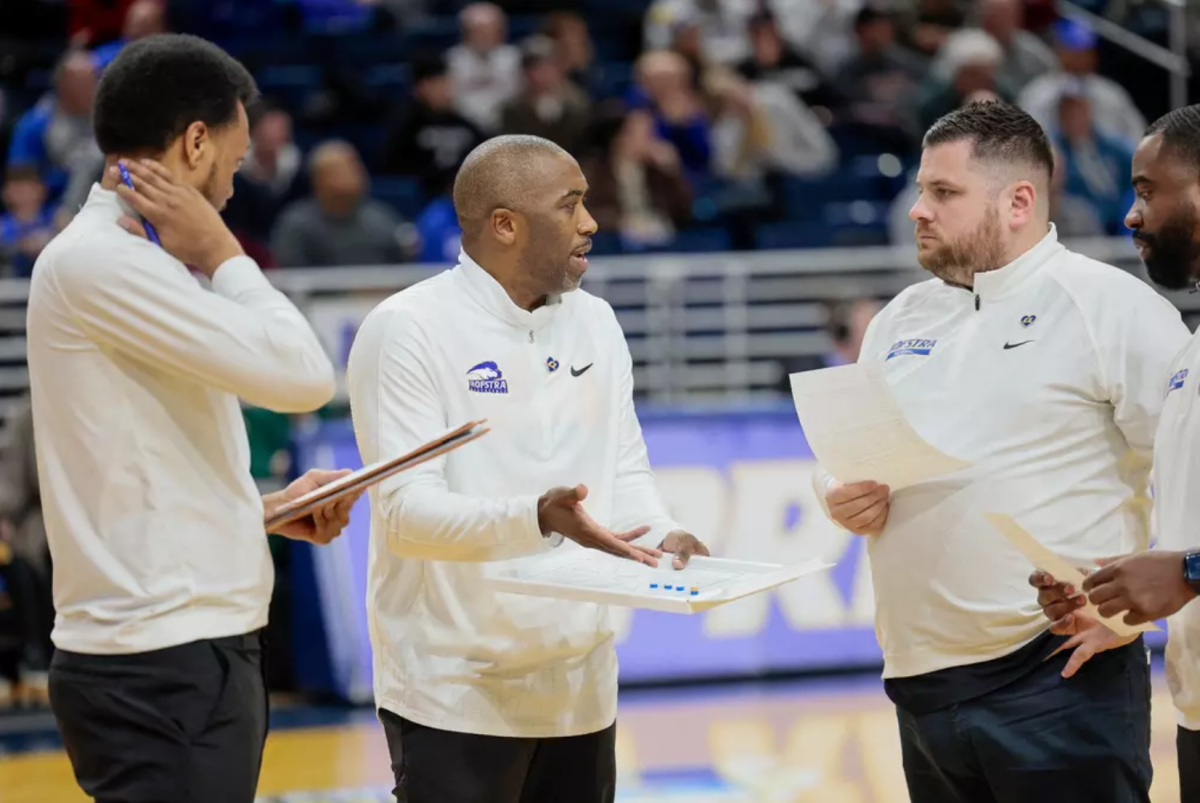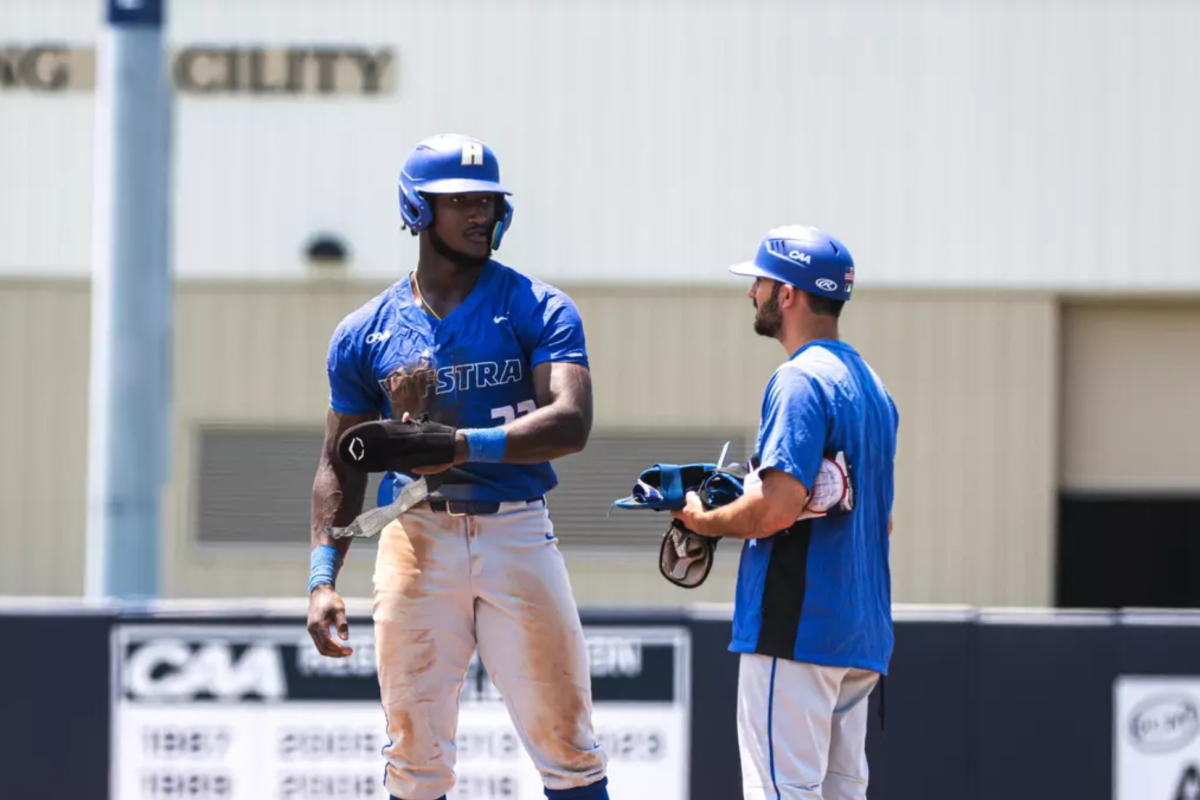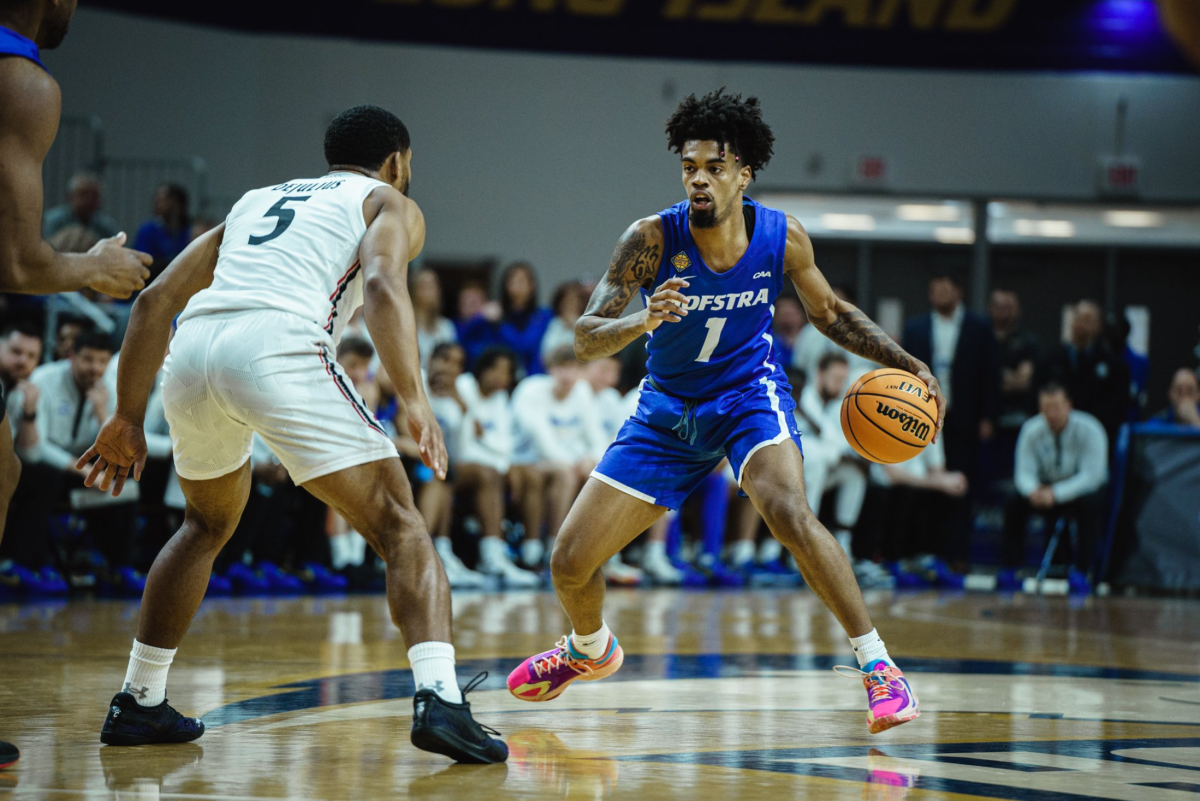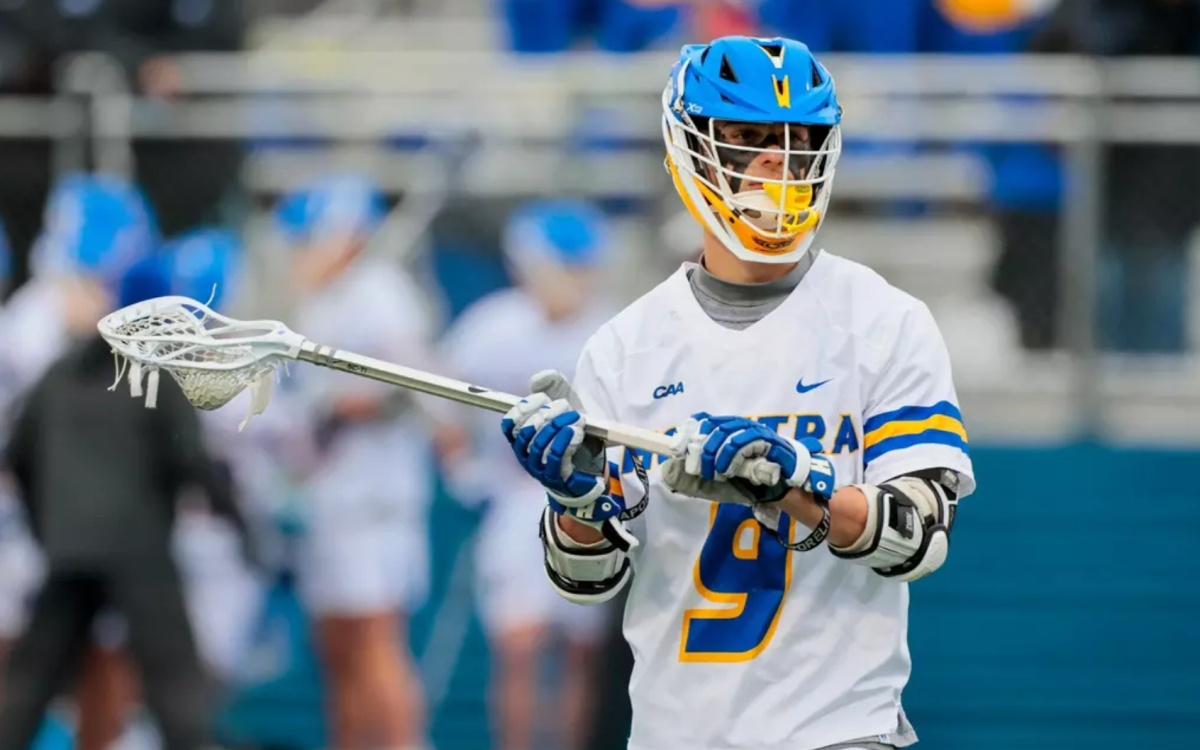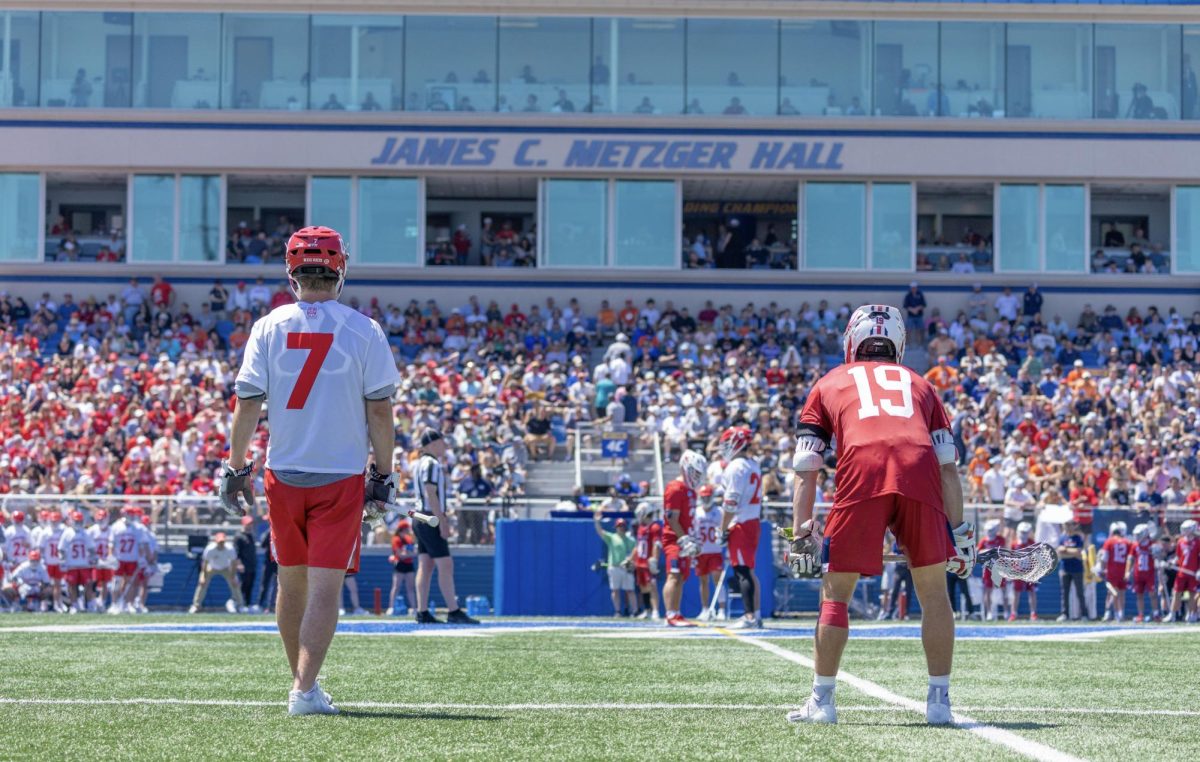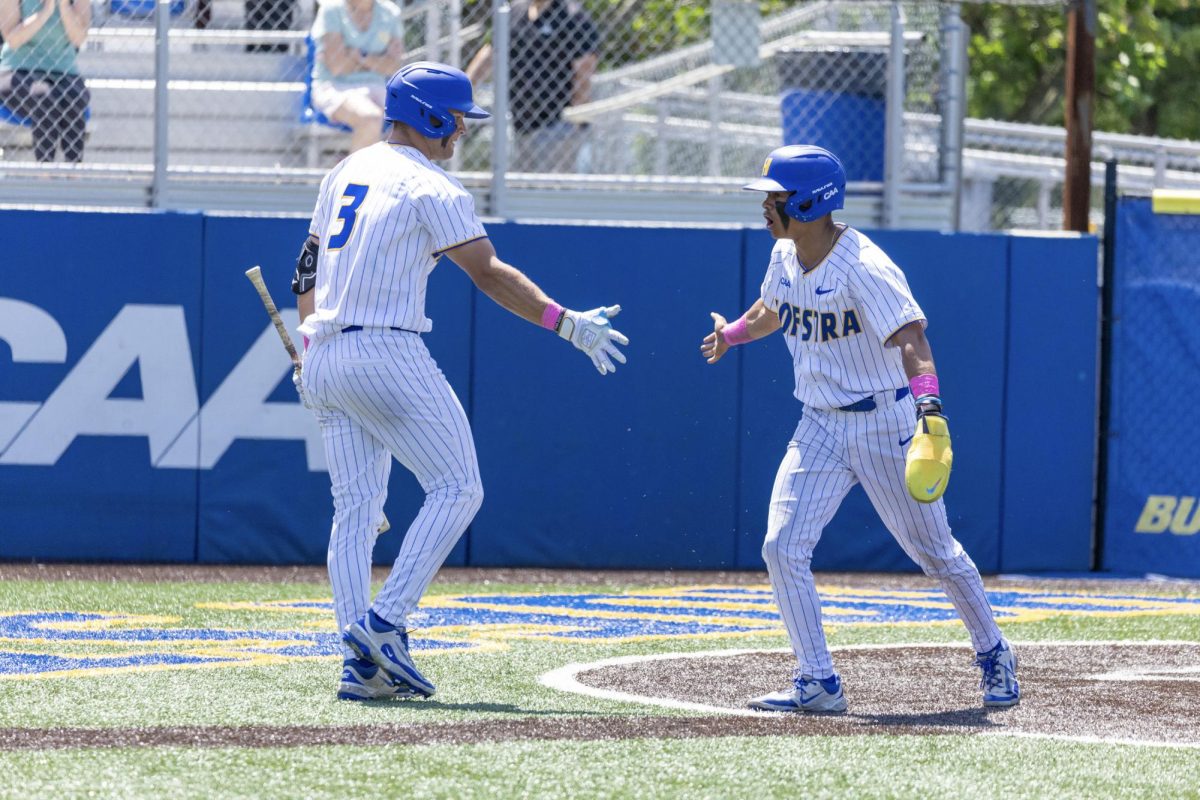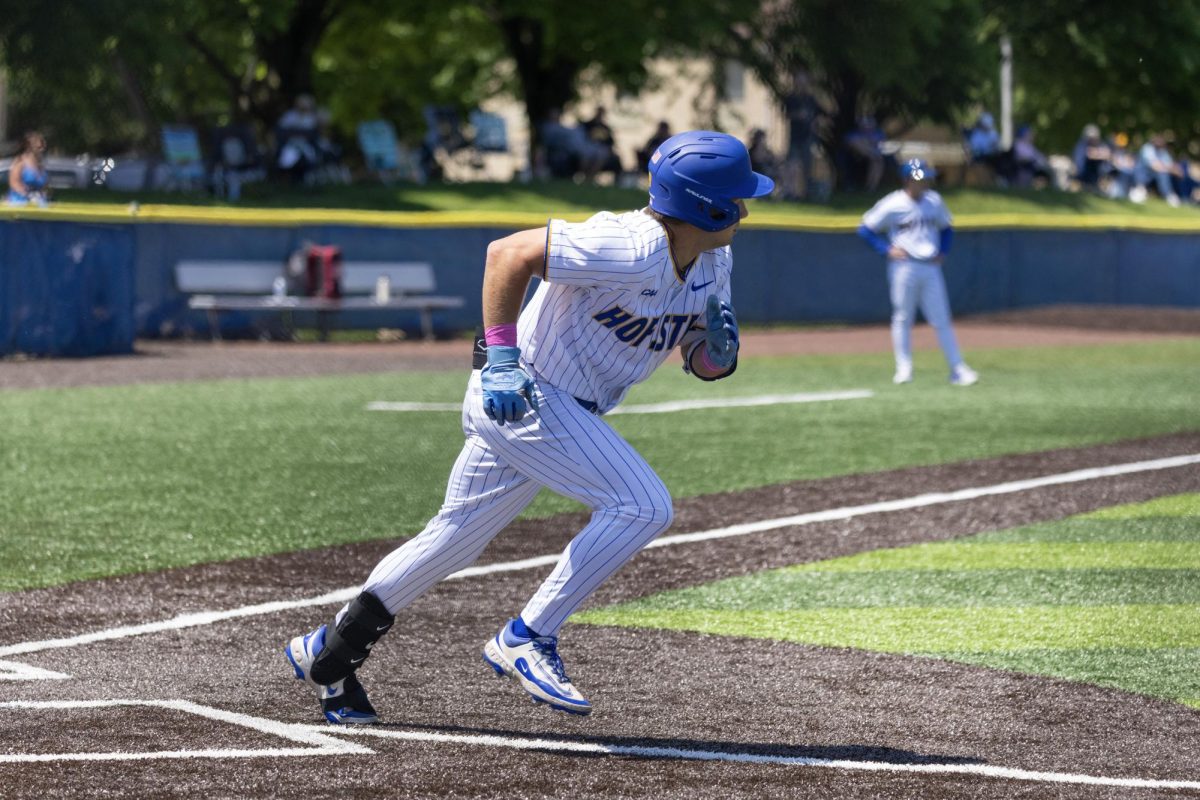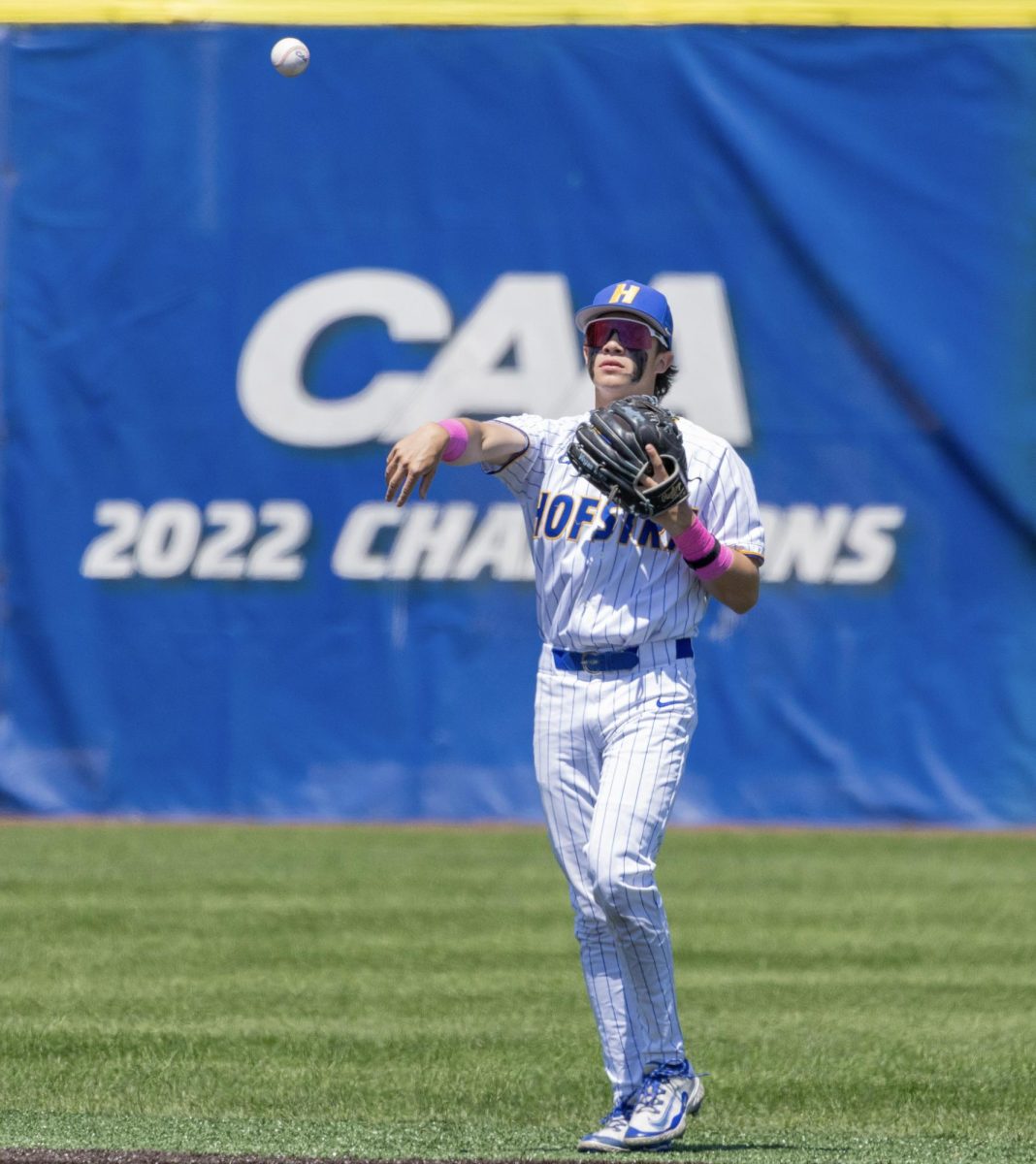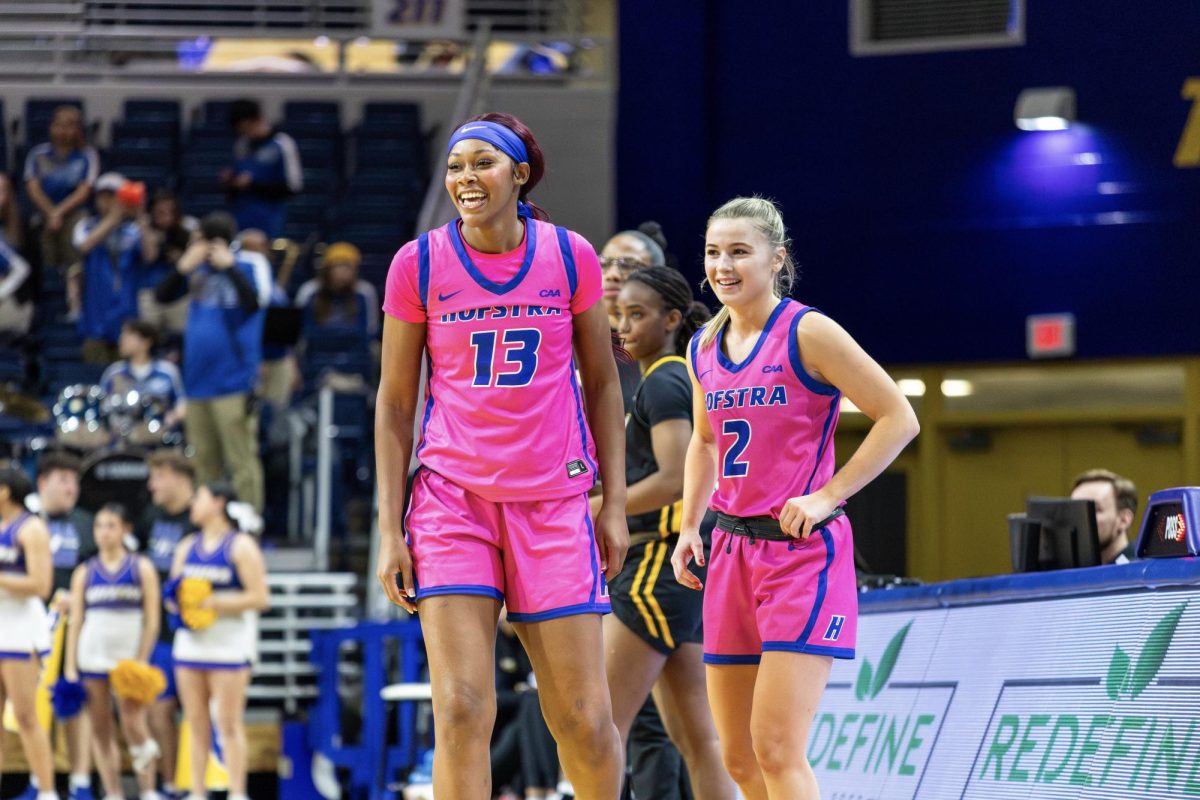It took a single moment to shatter the hearts of a nation on Sept. 11, 2001. Yet, it was also single moments that helped to unite and begin the process of bringing that same nation back together.
While some of these moments occurred in memorials and communities, a handful of them took place in a different atmosphere. When the tragic events of 9/11 occurred, stadiums that were supposed to be filled with thousands of people across the country sat empty in silence. Major League Baseball (MLB), Major League Soccer and NASCAR suspended their seasons. For the first time in 56 years, all MLB games were cancelled. The previous occurrence was the death of President Franklin D. Roosevelt. Nearly a week and a half later, those seats became filled again to remember those who died and be an unexpected place of healing.
“Comeback Season: Sports after 9/11”, a special exhibition at the National September 11 Memorial and Museum, highlights how sporting events became one of the most important parts of the aftermath. A nation paralyzed by fear needed a distraction and the return of sports signaled a step in the return to normalcy for a lost and grieving country, no matter how small of a step it was.
Shea Stadium and Giants Stadium turned into grounds for the relief effort. Yankee Stadium held a gathering of thousands of people for prayer. For many, memories of their loved ones were bound to their love for sports and to their teams.
On Sept. 21, 2001, the New York Mets and Atlanta Braves played the first game in New York at Shea Stadium since the attack. From the hugs the teams shared before the start of the game to Mike Piazza’s game-winning home run in the eighth inning that lifted the hearts of those in New York City, the exhibit displays the impact sports and athletes had on the healing process.
“In that first game back, the home team came back and won,” Piazza said in an interview that plays next to his game-worn jersey. “That’s exactly the lesson the city, the country and the world needed to see that night.”
Carol Gies, whose firefighter husband Lieutenant Ronnie Gies died during the attack on the World Trade Center, said that the moment the ball went over the wall was the first time she saw her children smile since losing their dad.
Commemorations never ceased. On Oct. 30, 2011, President George W. Bush threw the first pitch at Yankee Stadium during Game 3 of the World Series. The success of the team brought people hope and gave them something to root for. On Feb. 3, 2002, the Super Bowl brought together athletes and entertainment artists for a halftime show in tribute to those fallen.
The exhibit, which is running through summer 2019, features artifacts such as sports mementos discovered in the destruction; the glove Derek Jeter sent to the daughter of Captain Victor J. Saracini, who piloted the hijacked Flight 175; commemorative game-worn hats; and photographs and videos from those impactful moments in sports that followed.
No matter how big of a rivalry teams and their fans have, “Comeback Season: Sports After 9/11” illustrates how sports were, and still are, a unifying force for Americans that provide the chance to grieve, heal and hope.
Featured photo courtesy of Newsday/Neil Best

